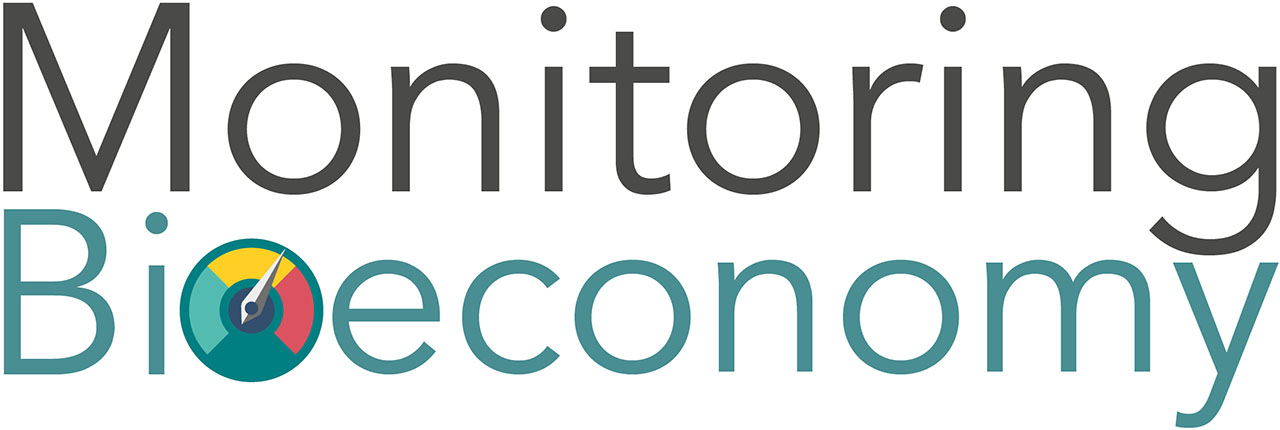From "waste" to secondary resources I Quantifying and allocating secondary biogenic resources I Can the secondary biogenic resource base be increased? I Cascading recognizes the value of carbon
From "waste" to secondary resources
Common definitions of waste in the past — such as "material or substance discarded as no longer useful or required" — are outdated and obsolete. Today, waste and residues represent potential secondary resources. Focusing here on biogenic secondary resources, these contribute to provisioning a bioeconomy and the transition from an unsustainable economy dependent on the exploitation of fossil carbon towards a circular use of carbon from biomass-based resources. Thus, "secondary resources" but not "waste" is SDG compliant [1]. Today, the traditional term "waste" indicates a potential resource which requires a higher degree of circumspection for its use. It requires an adjustment of values and rethinking [2] as regards composition and potentials.
Quantifying and allocating secondary biogenic resources
If you have a printer, you probably know how much printer paper you buy, but do you know how often you empty your trash bin? Potentials of biogenic waste, residues and byproducts are assessed from a range of sources and data, but few data are based on "waste" having passed scales like in the case of domestic waste. Some quantities of "waste" can be derived from reliable compilations of federal institutions and/or statistical data of raw materials or production. For others, a set of assumptions culminates in expert estimates. Such estimates can have various levels: "theoretical potential", "technical potential", and "mobilizable potential". In many cases much of the technical potential is already used and the challenge is estimating the mobilizable potential. These basic aspects play a role when interpreting reports, data and trends on how much is and/or will be available.
The German Biomass Research Center provides the "Data base for biogenic waste and residues". This database provides data on the potentials of "waste plus" (which includes residues and byproducts) of five sectors /categories. It is compiled of 77 biomass forms synonymous with the number of individually aggregated biogenic wastes; including by products from agriculture, industrial waste and residues, residues from wood industry and forestry, urban waste and sewage sludge, and waste and residues from other source areas.
Can the secondary biogenic resource base be increased?
Based on the most complete data set of 2015, the total technical potential of biogenic waste plus was 85.6–139.6 million tons dry matter and the mobilizable potentials spanned 13.9–48.2 million tons dry matter [5]. Five types of biomass comprised 76–95% of the mobilizable potential: straw, coniferous logging residues, cattle manure, cattle slurry and green waste. Such monitoring provides the first step to evaluate the expected scope for increasing the secondary biogenic resource basis. In the greater political context and as regards coniferous logging residues, current strategies toward adapting future German forests to climate change do not prioritize conifers [3] (see forests and wod). As regards manure, current trends toward adapting food preferences toward lower carbon footprints do not suggest increasing livestock numbers, see food and feed.
In the overarching context of sustainable development, the reduction of consumption and waste ought to have priority. That means that rather than considering up front how to increase waste and residues, the aligning maxim should be on how to use our planet’s limited resources and secondary resources intelligently. Biogenic waste and residues are potentially useful to the bioeconomy, but could possibly – at similar amounts – be even more useful by avoiding or reallocating them to other processes than at present. Based on 2015 data, less than half of the technical potential used went into energetic use, e.g. producing biogas and biofuels. With technical advancement and expansion of other renewable energies, the current major task is to analyze waste streams under specific criteria that serve mitigation of climate change and sustainable development best. Much of the carbon of waste plus will likely yield overall higher gains if not put to energetic use first, but instead to material use via refinery or biological conversion. Thus, monitoring sources and conceptualizing best uses of biogenic "waste plus" for sources of carbon may improve the resource base, even without increased amounts.
Cascading recognizes the value of carbon
Efforts to increase the amount of biogenic carbon including waste plus will meet ecological limits at some point. One of the best options for mitigating risk is to apply multiple uses of carbon along a cascade before it turns to carbon dioxide and needs photosynthesis or industrial carbon recycling to "materialize" again. Besides material and chemical recycling of organic wastes, including plastic waste, new technologies on Carbon Capture and Utilization (CCU) are promising as a supplementary pathway to close the carbon cycle [4].
This is the central issue of ongoing research: "To visualize positive effects of cascading C derived from individual waste+ streams". Results will be linked here when available.
Notes and references
- It addresses specifically SDG 12 "Responsible Consumption and Production". It further supports achieving the five goals SDG 11 "Sustainable cities and communities", SDG 13 "Climate Action", SDG 6 "Clean water and sanitation", SDG 7 "Affordable and clean energy", as well as SDG 9 "Industry, infrastructure and innovation".
- Rethink is the second of ten "Rs" for implementing the circular economy. Find a complete list of the ten Rs in: Potting et al. (2017) Circular economy: Measuring innovation in the product chain. PBL Netherlands Environmental Assessment Agency. Available at: https://www.pbl.nl/en/publications/circular-economy-measuring-innovation-in-product-chains
- Wissenschaftlicher Beirat für Waldpolitik (2021): Die Anpassung von Wäldern und Waldwirtschaft an den Klimawandel. Available at: https://www.bmel.de/SharedDocs/Downloads/DE/_Ministerium/Beiraete/waldpolitik/gutachten-wbw-anpassung-klimawandel.pdf?__blob=publicationFile&v=2
- Kaiser et al. (2022). Environmental and economic assessment of CO2-based value chains for a circular carbon use in consumer products. Res., Cons. & Recycl. doi: 10.1016/j.resconrec.2022.106422. And Bringezu et al. (2020). Zukünftige Nutzung von CO2 als Rohstoffbasis in der deutschen Chemie- und Kunststoffindustrie – Eine Roadmap. doi: 10.17170/kobra-202002211019.
- Brosowski et al. (2019). Biomass and Bioenergy. doi: 1016/j.biombioe.2019.105275

